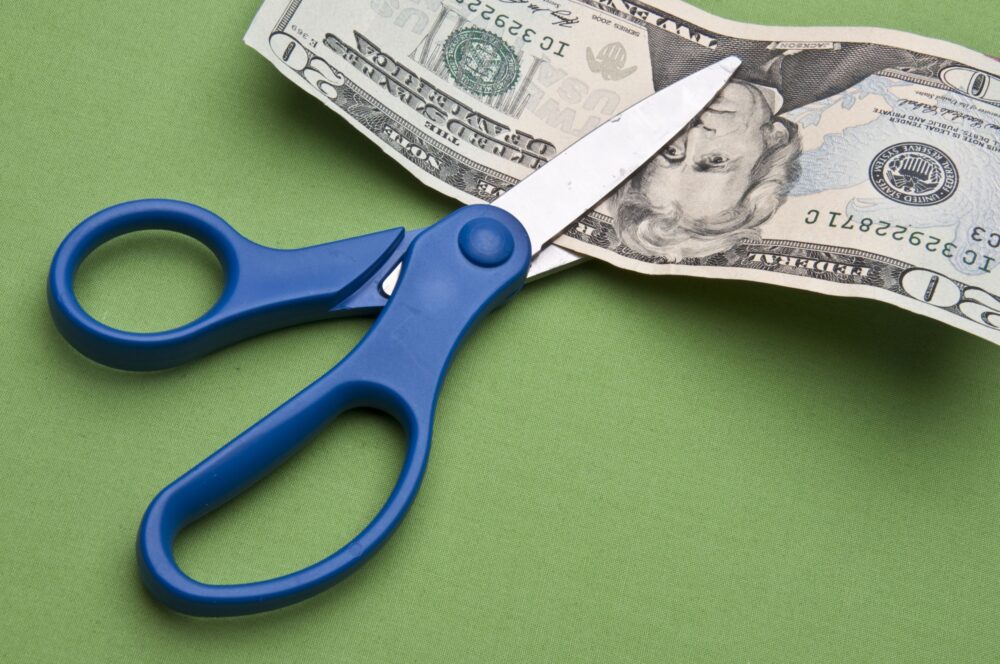Organizing personal finances frequently brings to mind thoughts of scarcity or choosing savings over comfort. Nonetheless, cutting expenses doesn’t automatically imply giving up a good quality of life. With careful planning, smart alternatives, and the use of modern resources, numerous people and households manage to reduce their spending while keeping, or even improving, their living standards. This article discusses practical methods, real-world scenarios, and expert opinions aimed at assisting you in reducing costs while still enjoying what is truly important.
1. Reconsidering Needs and Extravagances
Here is the revised text:
The initial phase in cutting expenses involves recognizing your spending behaviors. Start by distinguishing between essential purchases and those deemed as luxuries or routines. For instance, if visiting a coffee shop daily is enjoyable, yet the specific brand or venue isn’t crucial, think about opting for a less expensive café or preparing coffee at home with high-quality beans. Minor adjustments in daily habits can lead to significant yearly savings without experiencing deprivation.
Case Study: A 2019 survey found that the average American spends nearly $1,100 annually on coffee outside the home. Individuals who shifted to high-quality home brewing reported spending approximately 70% less while still enjoying their morning ritual.
2. Optimizing Subscriptions and Recurring Services
Recurring monthly fees can quietly erode your budget. Streaming services, magazines, gym memberships, cloud storage, and meal kits become financial drains when left unchecked. Conduct a quarterly audit of these subscriptions. Retain only those you actively use and genuinely enhance your well-being.
Practical Example: Instead of subscribing to four video streaming platforms, alternate between two per month based on content availability. Many users discover they rarely notice what is unavailable due to the staggering volume of choices.
3. Clever Grocery Shopping and Meal Preparation
Food expenses often rank among the highest recurring costs. Rather than dining out frequently or shopping impulsively, develop a weekly meal plan and corresponding grocery list. Opt for in-season produce, generic or store brands for staples, and buy in bulk where practical. Avoid the assumption that lower price equals lower quality—many private labels partner with reputable suppliers.
Data Point: The Bureau of Labor Statistics reported that the average household could save 15-30% on grocery bills by avoiding premium brands and minimizing food waste through effective planning.
4. Using Technology to Save Money
Numerous apps and websites track discounts, compare prices, and offer digital coupons. Browser extensions can automatically aggregate and apply discounts during online shopping. Additionally, online tools track utility consumption and suggest cost-saving measures. By tapping into these resources, consumers can maintain product and service quality at a reduced price point.
Expert Insight: “Technology’s role is to empower the consumer. Using digital tools is not about being frugal; it is about making informed choices,” says Dr. Michelle Harper, a personal finance educator.
5. Embracing Experiences Over Material Goods
Research consistently shows that experiences provide greater long-term satisfaction than physical items. By redirecting spend from material acquisition to shared activities—such as local cultural events, nature hikes, or home-hosted gatherings—you enrich your life without inflating the budget. Community resources, including public libraries and municipal recreation centers, offer ample opportunities for enrichment at minimal or no cost.
Analysis of Survey: Based on a Gallup survey conducted in 2022, 72% of participants indicated they felt greater joy from experiences such as travel or concerts compared to acquiring new items.
6. Transportation Alternatives
Automobile costs, which include fuel, insurance, and maintenance, can impose a noteworthy financial strain. Considering options like utilizing public transportation, biking, or sharing rides a few days each week can dramatically reduce expenses. Ride-sharing applications provide adaptable commuting options, and numerous employers provide incentives for transit use.
Real-World Example: In metropolitan areas, partial car ownership—where a family owns one car instead of two—can save over $5,000 annually, and studies indicate no substantial impact on mobility with creative planning.
7. Lowering Utility Expenses Without Compromising Comfort
Energy bills for heating, air conditioning, water, and electricity can be reduced without compromising comfort. Easy adjustments include installing programmable thermostats, transitioning to LED bulbs, disconnecting electronics when idle, and fitting water-efficient fixtures. Conducting energy audits of your home can expose hidden inefficiencies, frequently leading to significant percentage cuts in utility expenses.
Data Example: According to the Department of Energy, adjusting your thermostat to be 7-10 degrees Fahrenheit cooler for eight hours daily can reduce heating and cooling expenses by as much as 10% annually without significantly affecting comfort levels.
8. Mindful Shopping and Delayed Gratification
Impulse purchases frequently result in acquiring items that do not contribute to one’s quality of life. Introduce a compulsory 48-hour delay for non-essential goods. This waiting period provides the opportunity to evaluate genuine necessity and explore more affordable choices. Numerous individuals discover that their initial want diminishes, or they identify a cheaper alternative.
Suggestion: Keep a «wish list» instead of using a shopping cart. Products that continue to be appealing after some time are more likely to be worthwhile.
9. Leveraging Local and Peer Support
Resource sharing can profoundly reduce outlays. Lending libraries for tools, clothing swaps, volunteer-run repair clinics, and co-working or co-housing arrangements expand access without proportionate expense. Peer-to-peer marketplaces further allow you to rent or borrow items infrequently needed, such as power tools or sports equipment.
Community Insight: In numerous city neighborhoods, tool libraries and community gardens that are maintained together have resulted in considerable personal savings in addition to promoting social bonds.
10. Investing in Preventive Health and Wellness
Medical emergencies and chronic conditions strain finances and diminish quality of life. Prioritizing preventive care—regular checkups, vaccinations, fitness routines, and stress management—not only reduces long-term expenses but also sustains daily well-being.
Research Insight: The American Public Health Association estimates that every $1 invested in prevention saves $5.60 in future health-related costs. For many, these savings manifest as fewer missed workdays and reduced out-of-pocket health expenses.
Cutting costs can turn into a productive and satisfying journey of challenging long-standing routines and embracing fresh ideas. With a mindful approach, every penny saved signifies more than just moderation—it signifies freedom, offering increased choices, reduced anxiety, and a greater recognition of what truly holds worth. By prioritizing mindful consumption, drawing on the knowledge within your community, and selecting experiences that rejuvenate rather than exhaust, you establish a meaningful, sustainable way of life that relies more on intentionality than expenditure.





